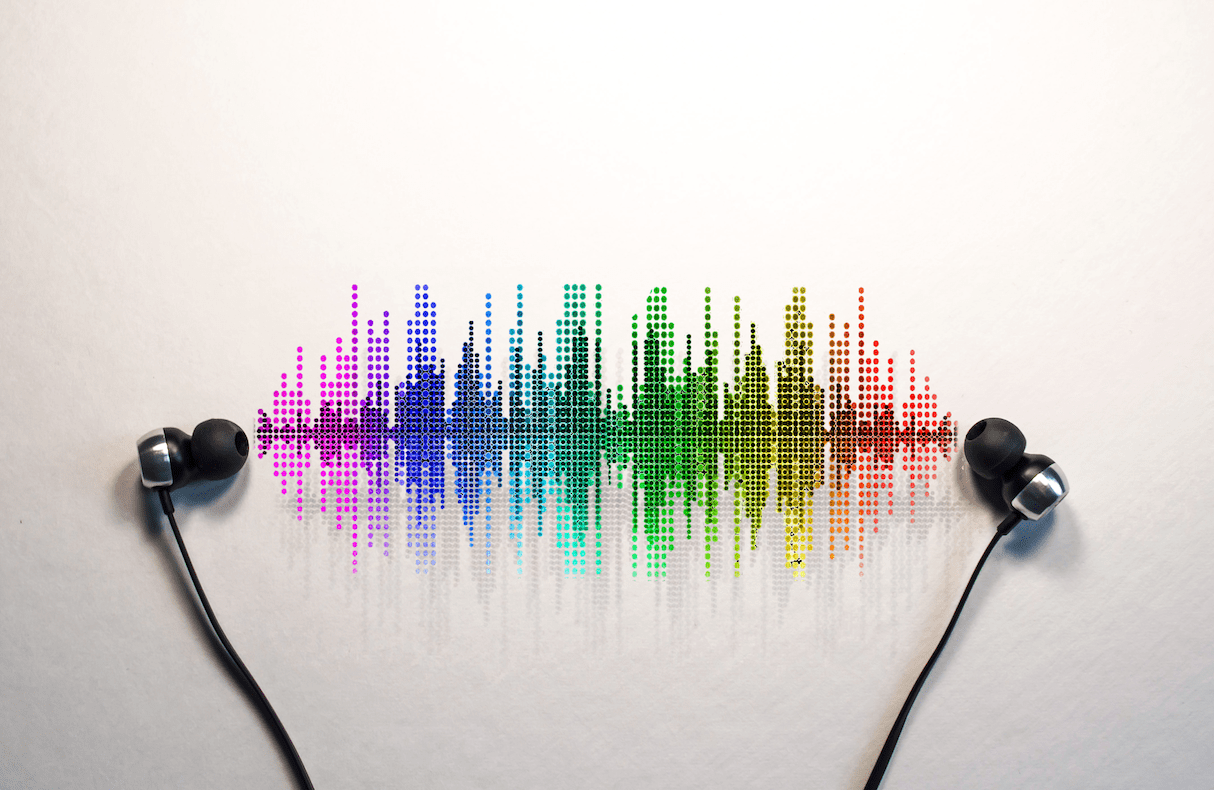As Senior Business Analyst Abby Edwards notes in her Thrive Global column, a piano and standard laptop keyboard have just about the same number of keys, 88. A classically trained pianist, Abby has gone from one keyboard to the other. But in this transition, she’s never lost sight that both are creative instruments that can inspire and bring joy to people’s lives. You can read her full story below and learn why you should embrace your artistic side, no matter how technical your role is.
Don’t lose your artistic spark in a technical world
Staying creative will bring satisfaction to your work and help you build products that resonate on a deep, human level
Most people consider music to be an art, not a science. The creativity that musicians produce, either spontaneously in improvisational performance or meticulously through composition and recording, is seen as fundamentally different than the output of architects, chemists or software engineers.
But what is a musical scale other than an exact ordering and pattern of audible frequencies? Mention “A440” to any trained musician and they know it’s 440 Hz, the pitch that is used to tune the entire orchestra. Play a note the wrong length or pitch, and the audience knows something is incorrect, in the same way a user notices a website bug. They might not know what went wrong, but they don’t like the experience.
As a person with feet in both the “creative” and “technical” worlds, I can say for a fact that they are really the same world. It is important to bring creativity to technical roles, for your own self-fulfillment and to create better, more human products for the world to enjoy. So, here are ways to make sure you don’t lose your artistic spark in an increasingly digital world.
It’s all about the audience
I majored in piano performance in college. Even with “performance” in the name of my degree, the time spent in front of an audience was maybe 1/10th (or 20th) of the time I spent alone in a practice room, preparing to perform.
In those hours behind a sound-proof door, the audience was always top of mind. How would the choices I make now – tempo, dynamics, phrasing, body language, pauses between movements – affect the audience? What would they think? Could I captivate them, draw them in, leave them wanting more? Or, if they got bored or distracted, how could I win them back?

In my current role as a business analyst, I am again focused on audience. How will the choices we make for this product – functionality, features, interface, integrations, accessibility – affect the user? We have to get these right behind closed doors so that the final product, our performance, receives a metaphorical standing ovation, not a barrage of rotten fruit.
In both cases, knowing your audience, its expectations, desires and needs, and then fulfilling them in a personal way is the key to success. If you hit every note on a keyboard at exactly the right time with the right loudness, but do so without feeling or emotion, you’re no better than a player piano. No one wants to pay to watch a player piano perform. If you design a digital product to be perfect from a technical standpoint, but without consideration for how people work, no one will use it.
Be future-thinking throughout the technical process. Use your creativity to ask the questions no one else thinks to ask in order to craft solutions that assist others. Make their lives richer and more delightful both today and in the months and years to come.
Play the role of conductor
It might seem counterintuitive that control and authority play an important role in the creative process. Creativity is supposed to be free flowing and open. Yet, a performance is only successful if everyone has a clear understanding of what they need to achieve and how they’ll do it. An orchestra doesn’t function if everyone plays on their own. An app will fail if everyone codes on their own.
Enter the conductor. They play crucial creative and administrative roles. They interpret inputs, in this case musical scores, and form an artistic vision that guides the entire performance.
They must administer this vision to ensure that everyone is, literally and metaphorically, on the same page. They work with different sections to get the product balance correct. Will the audience hear and experience a cohesive vision or cacophony?
There are various technical roles that work like a conductor. They must take inputs from stakeholders, product owners, marketing teams and users to create a cohesive vision for the product. This vision must be easy to understand yet hard to misinterpret. It must be composed so that other team members can work on it independently, but in such a way that all the pieces fit seamlessly once compiled. And a technical conductor, like their musical counterpart, is ultimately responsible for the audience’s reaction. Done correctly, they’ve orchestrated the creativity of everyone involved to meet, and hopefully exceed, the needs and expectations of the user audience.
It’s funny to think that a piano keyboard and a standard laptop keyboard both have just about the same amount of keys, 88. I’ve gone from one keyboard to the other. But, I’ve never lost sight of what makes them important. Both are creative instruments that can inspire and bring joy to people’s lives. Embrace your artistic side, no matter how technical your role is. Doing so will bring satisfaction to your work and help you create products that resonate on a deep, human level.


